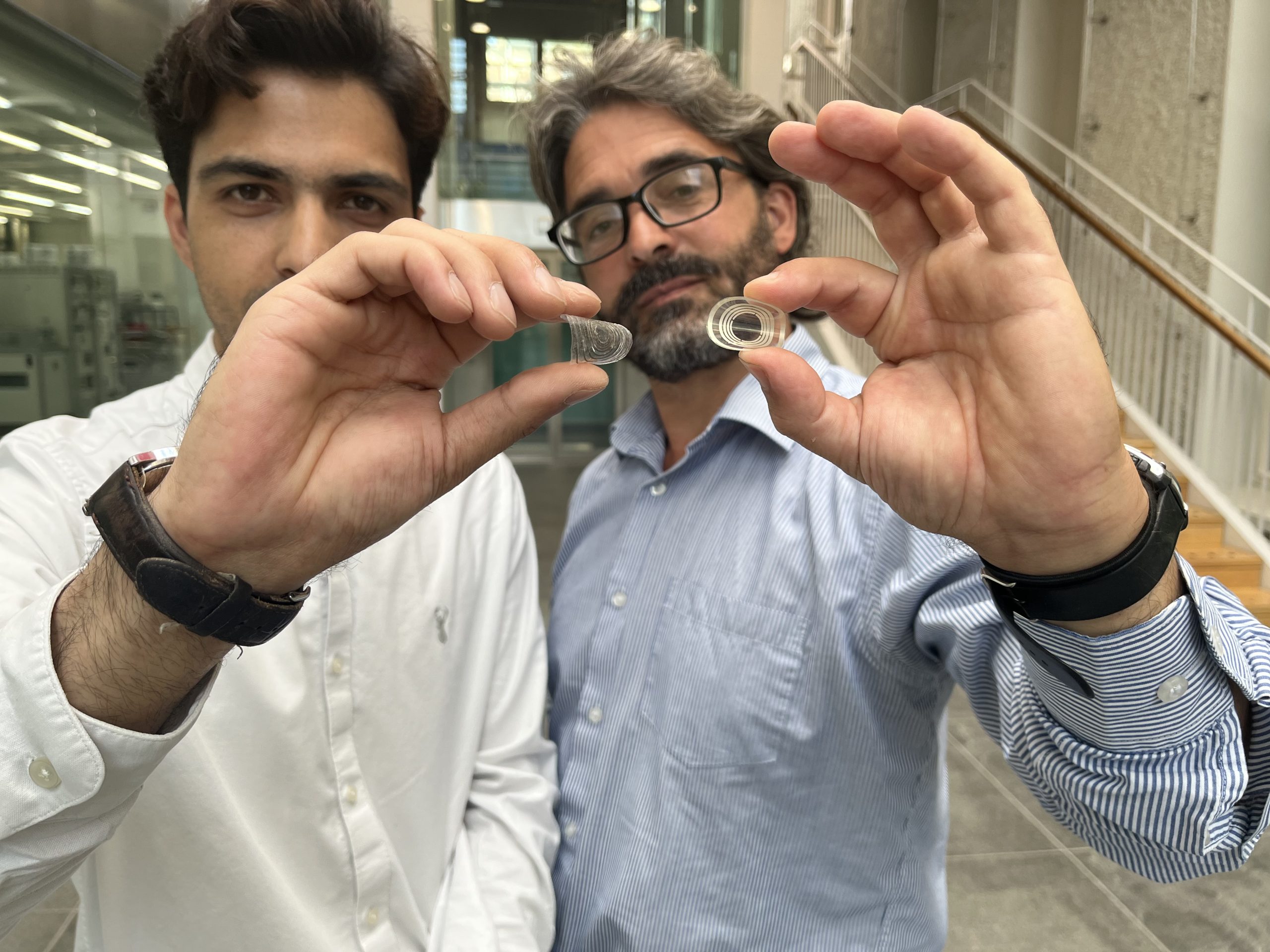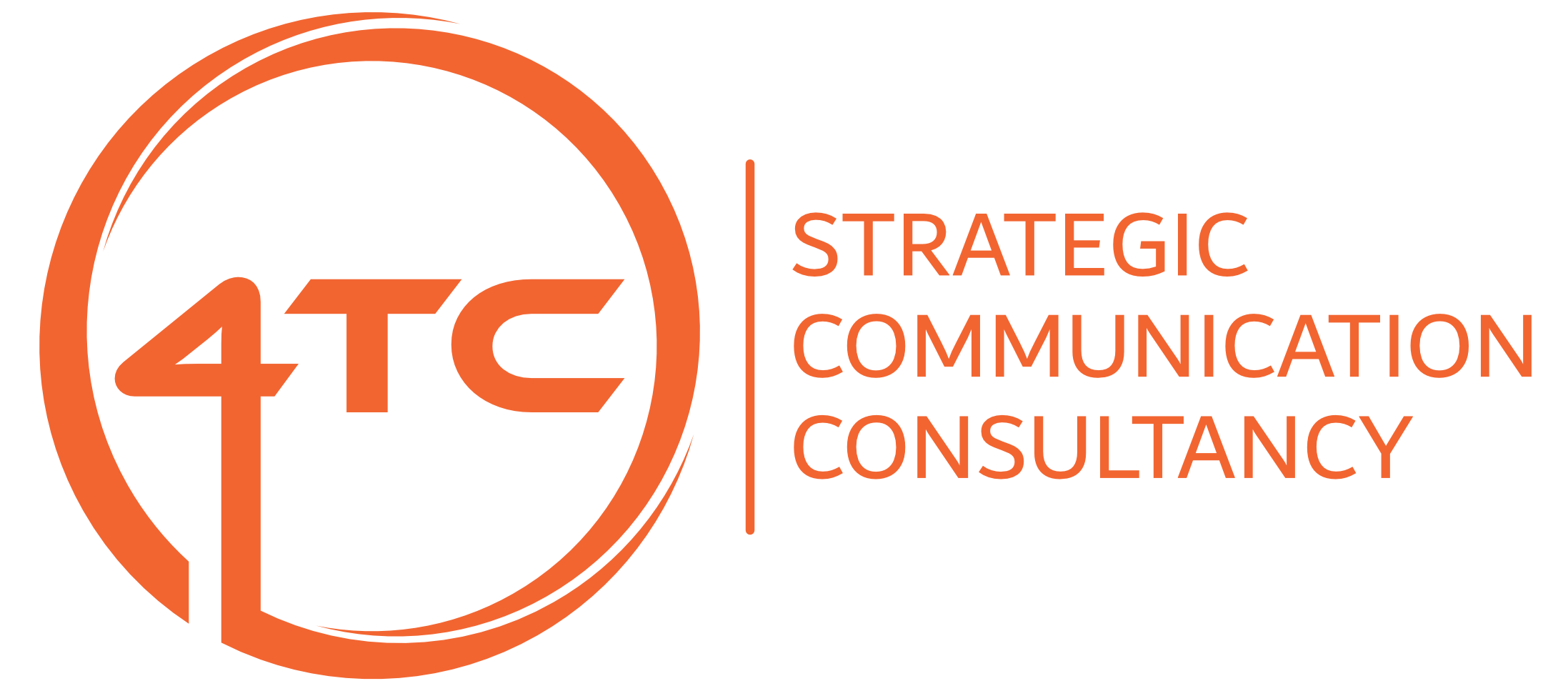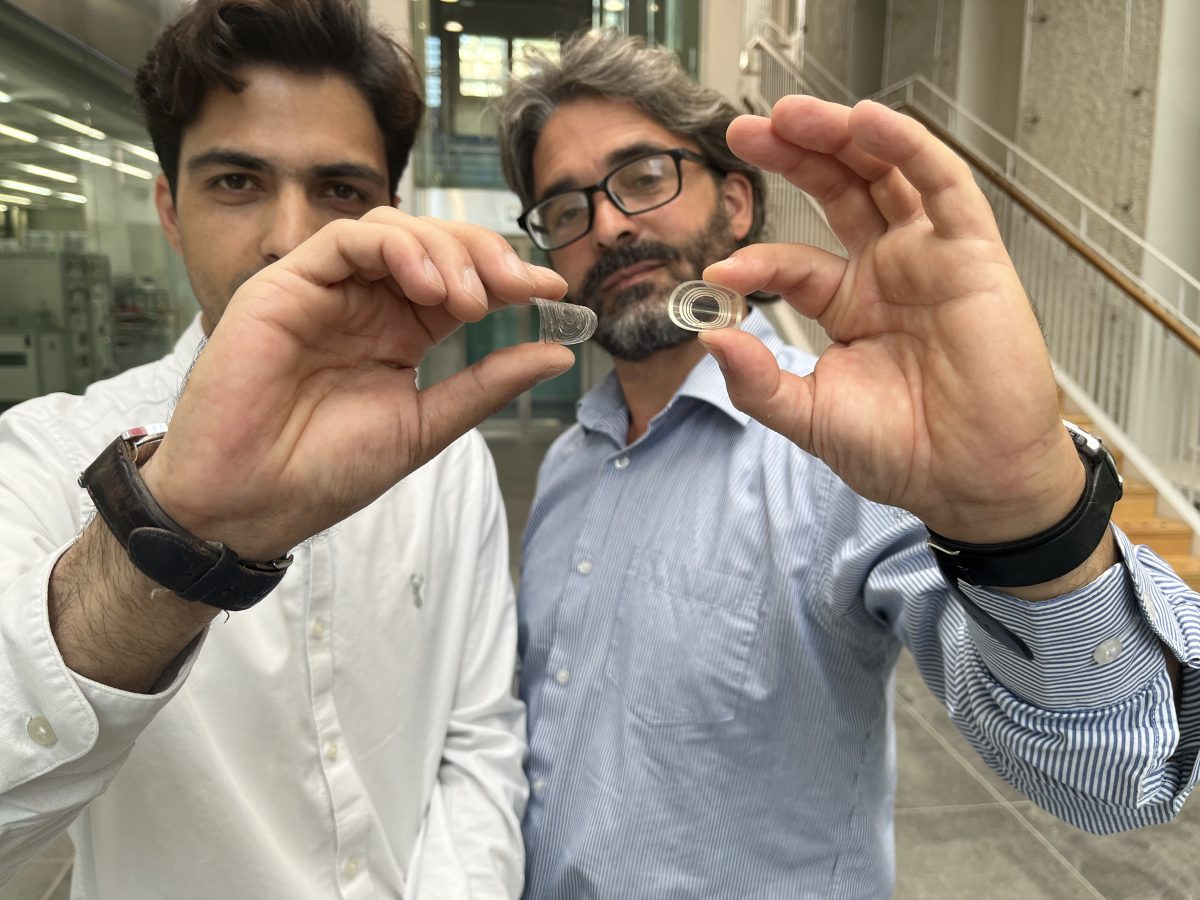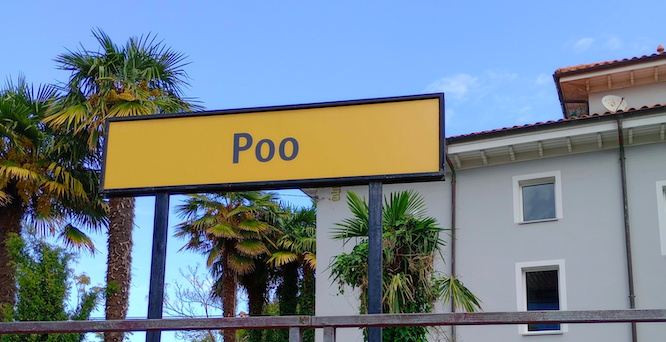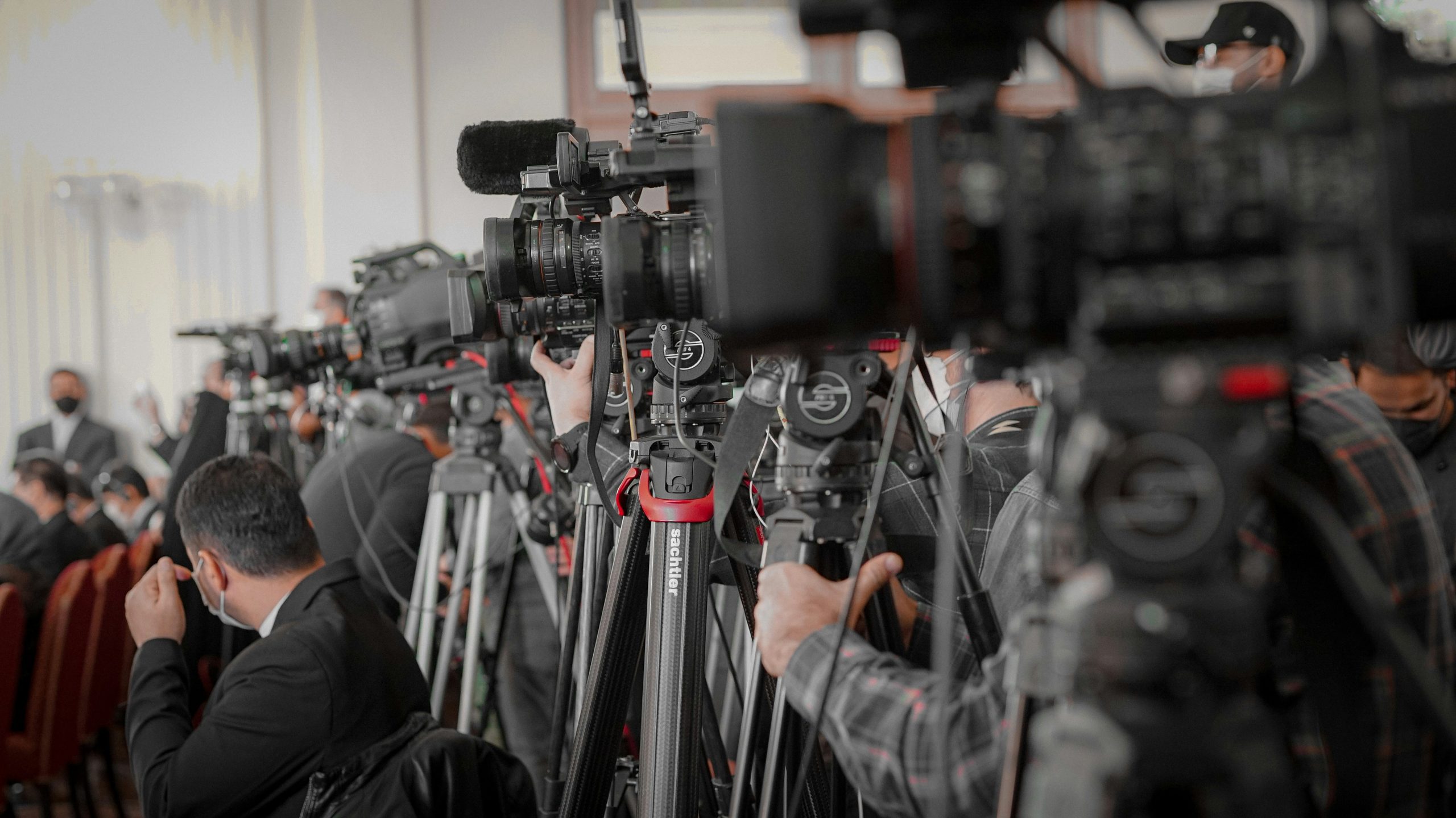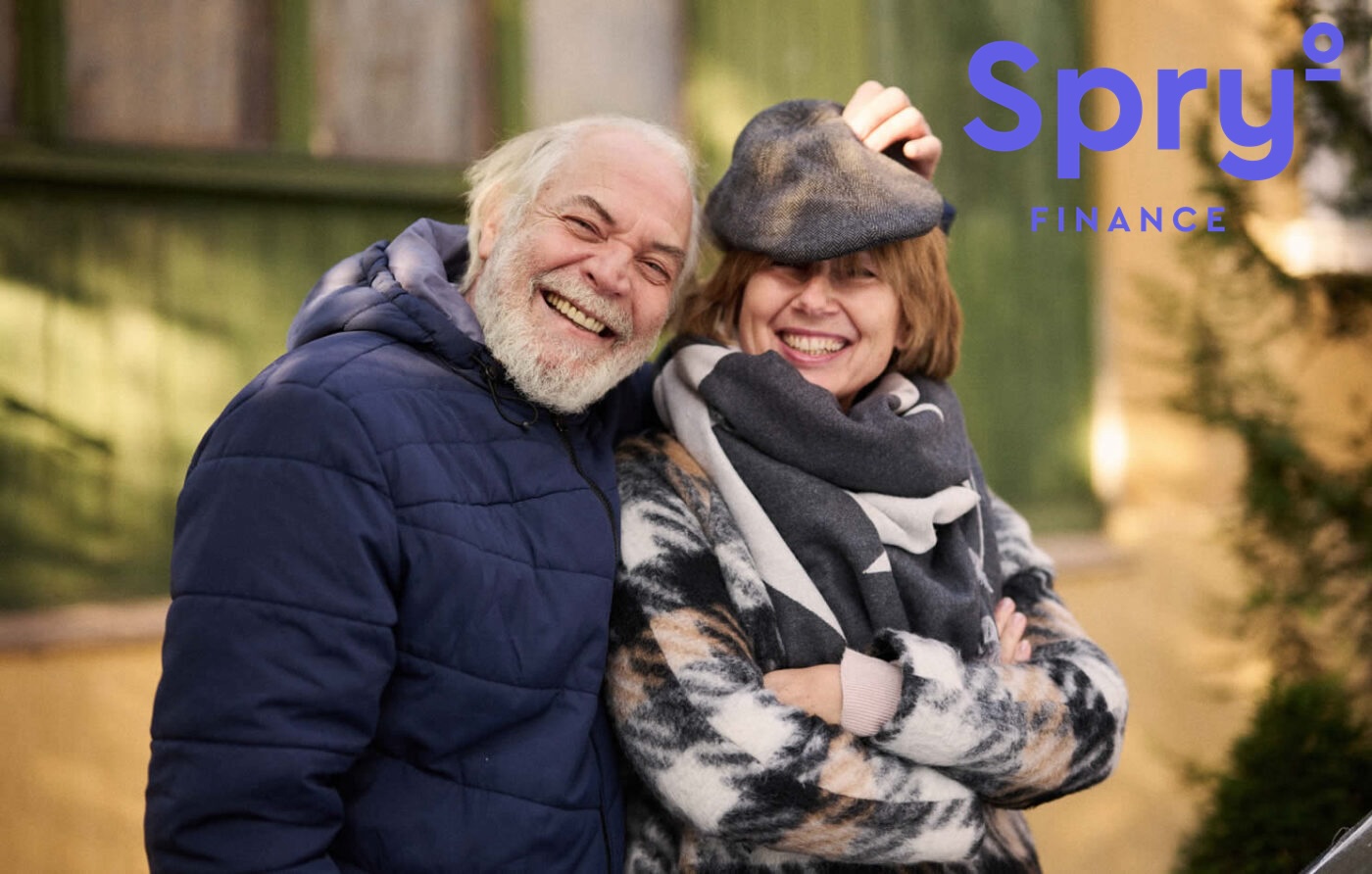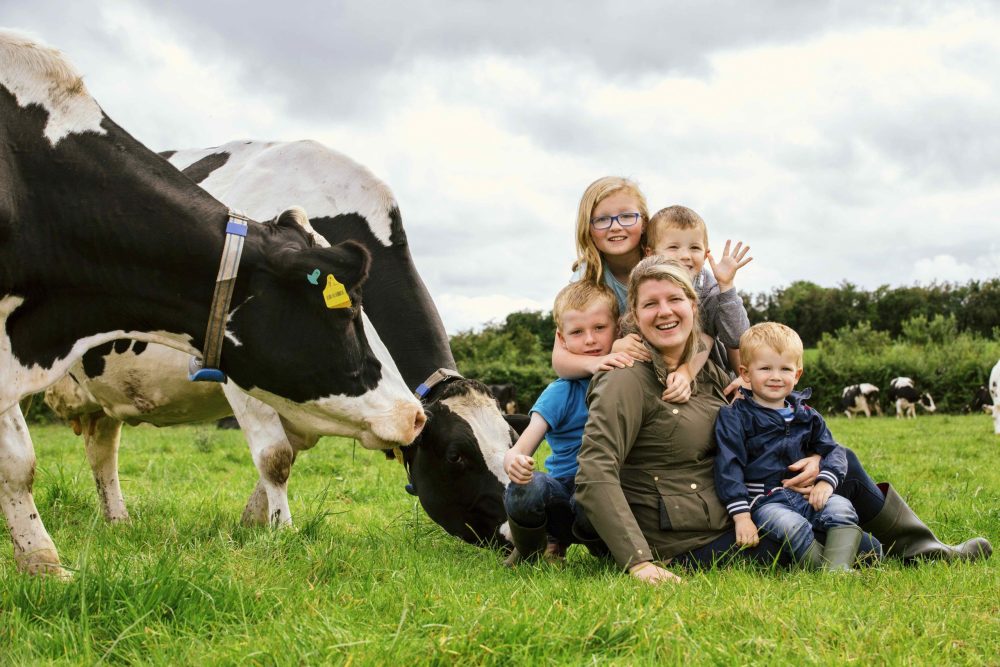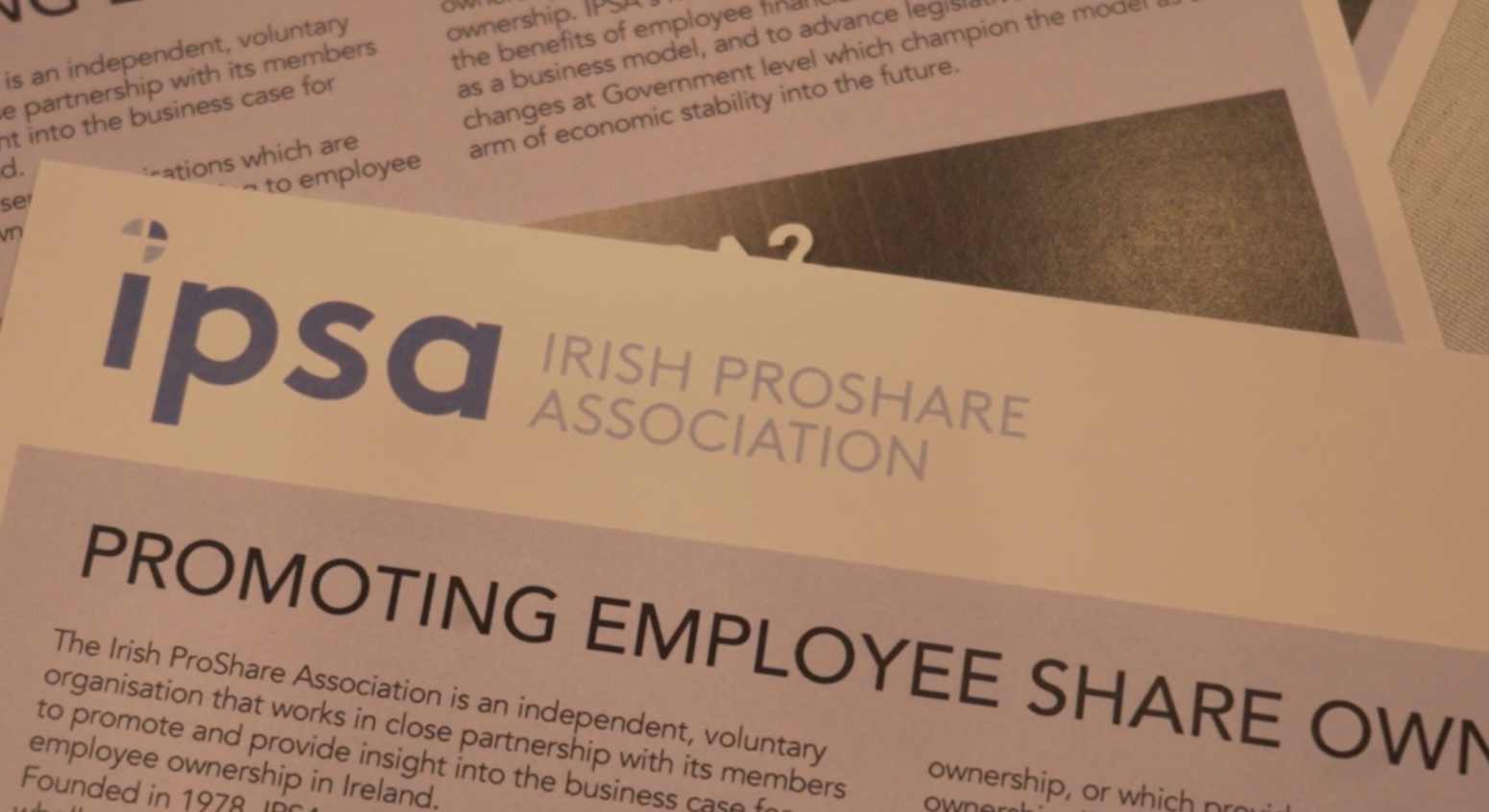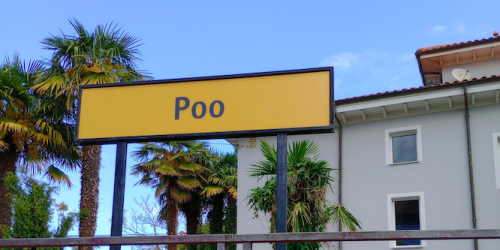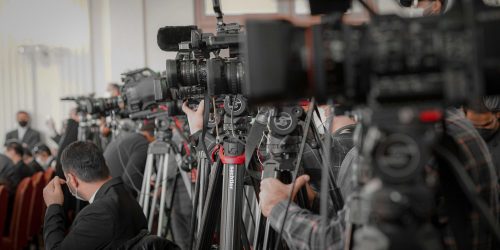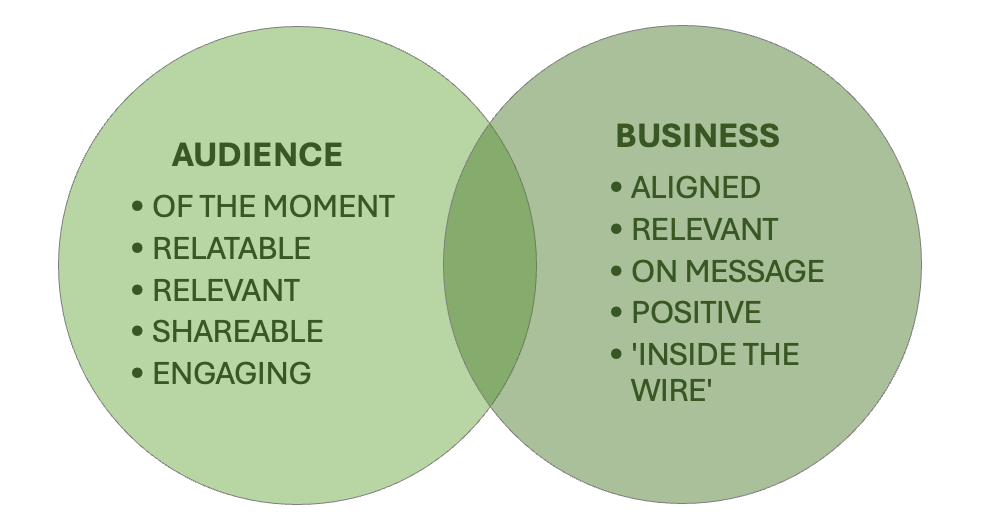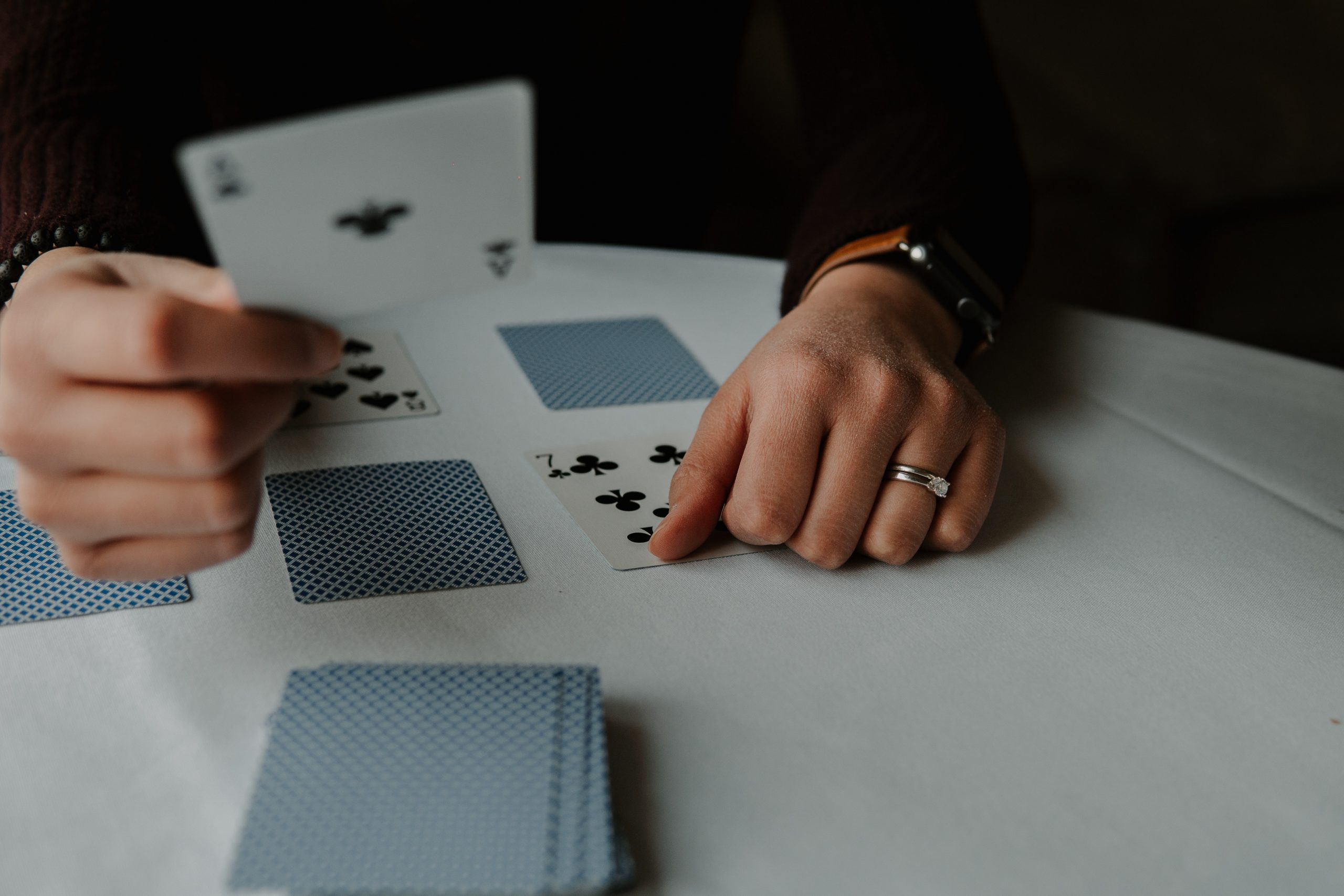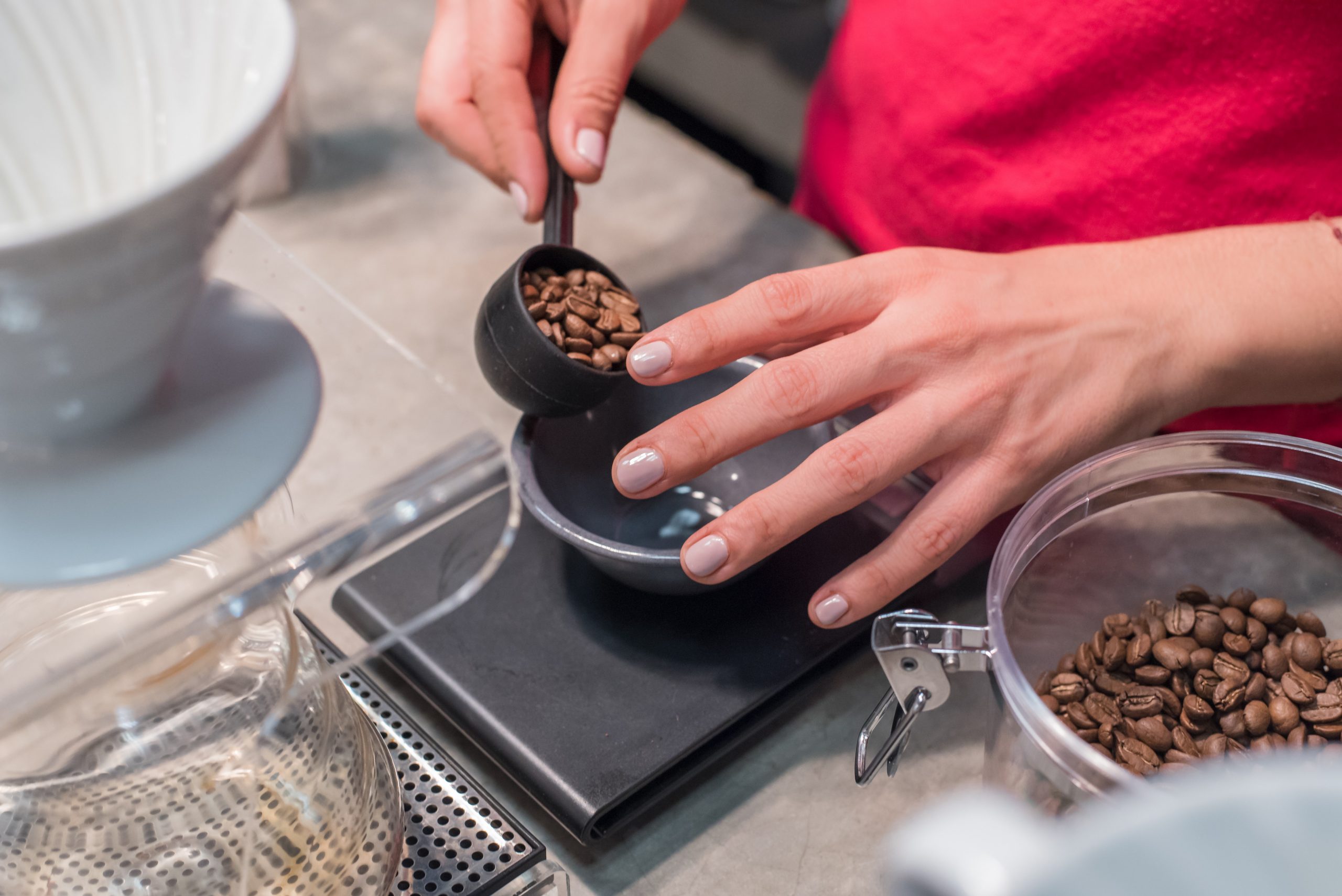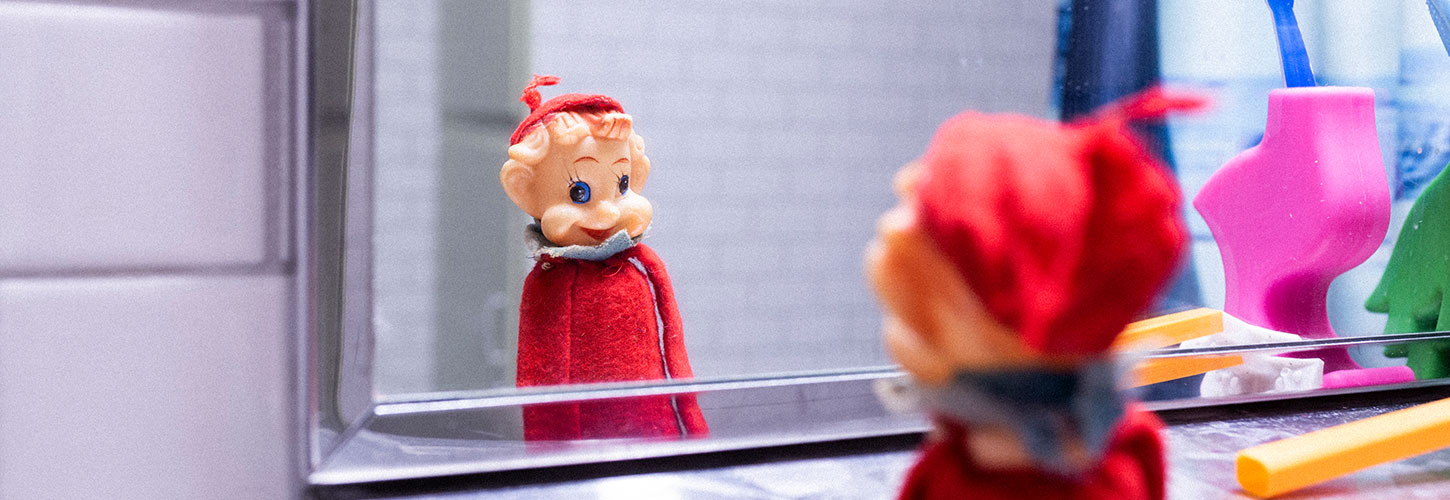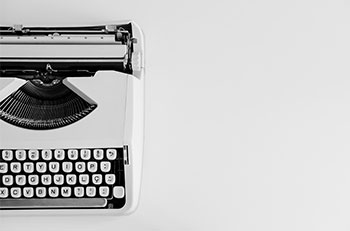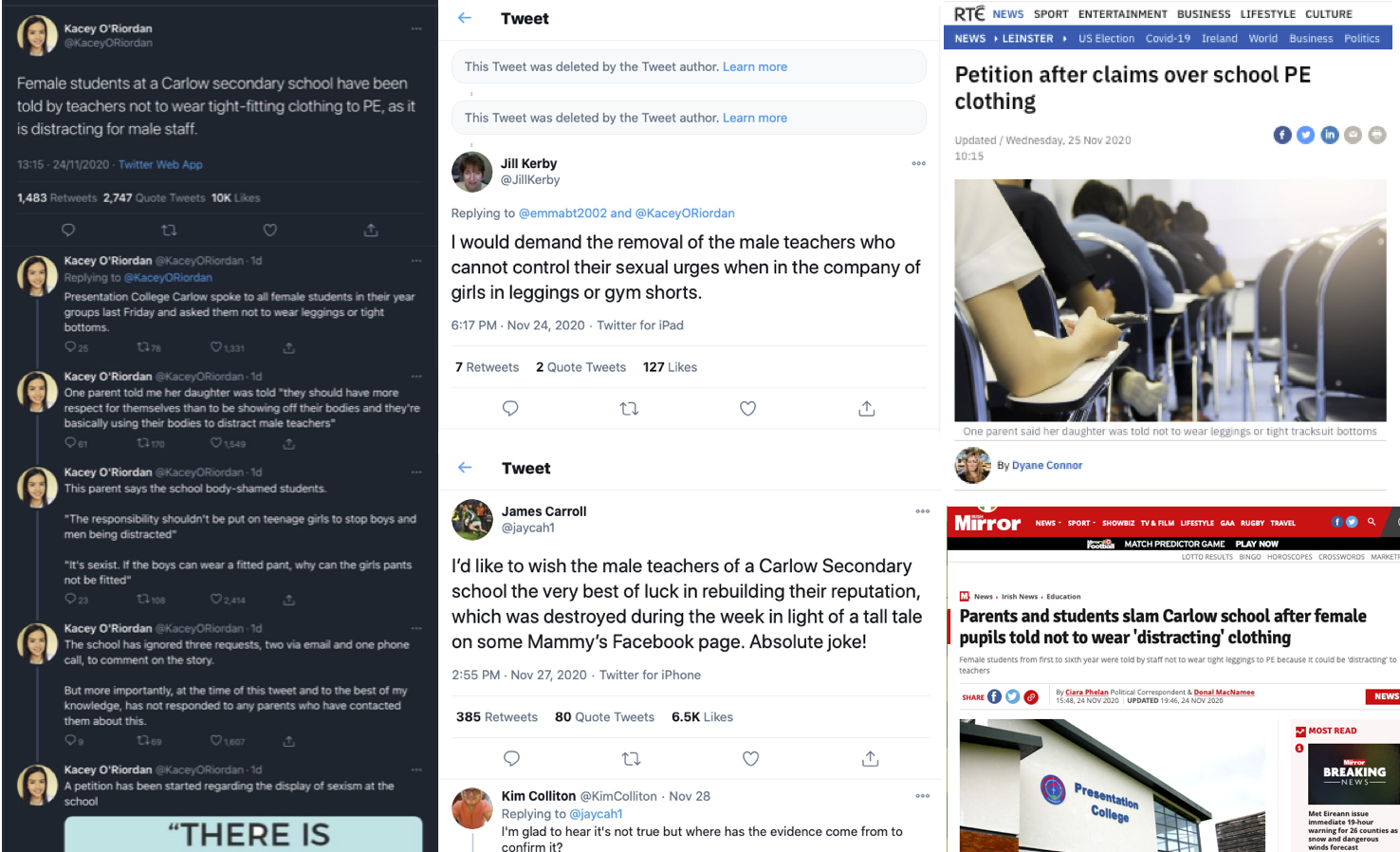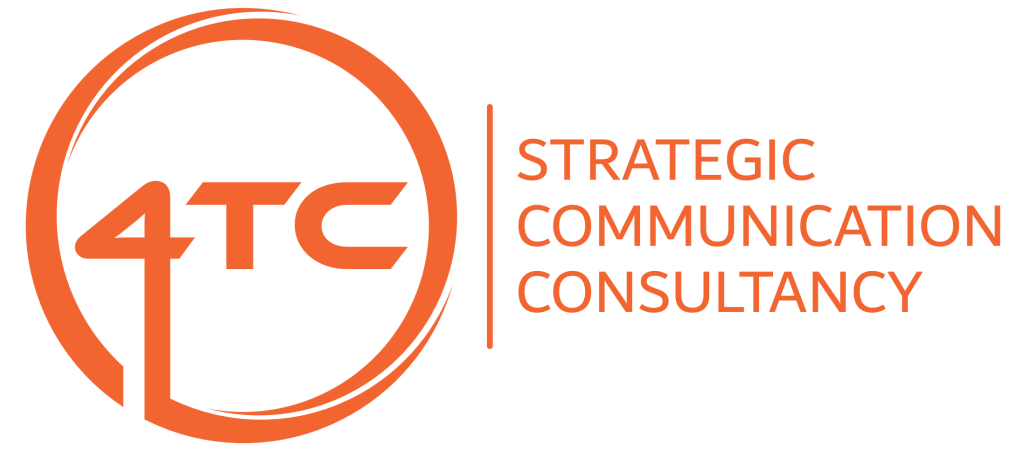For some time, sustainability has been a green guiding light, with big business committing to climate-friendly practice and environmental impact reduction.
However, with governments rolling back climate policies and public discourse around ESG becoming more polarised, there are indications that some are seeking to scale back their commitment to sustainability.
Oil and gas conglomerate BP slashed planned investment in renewable energy by more than $5bn. Coca-Cola revised its promises on using plastic, stating that it would aim to use 35% to 40% recycled materials in its packaging by 2035, down from 50% by 2030.
In both instances, environmental campaigners threw accusations of greenwashing and putting profits ahead of the planet.
Communicating sustainability meaningfully is a challenge, one which often requires a business to tread a fine line beteen virtue signaling and empty rhetoric.
Thanks to the high-profile voltes-face of BP, Coca-Cola and others, it will become even more of a challenge,with the best-thought out strategies and programmes being examined for hints of duplicity and greenwash.
Of course, the prioritisation and communication of sustainability programmes remains massively important – one that is crucial for long-term business success. Here’s why…
1. Consumers Still Demand Sustainability
Sustainability is not a niche concern—it’s an expectation. Studies consistently show that consumers, particularly younger generations, prefer brands that prioritise environmental and social responsibility. A study by McKinsey and NielsenIQ found that products making clear environmental and social responsibility claims experienced higher sales growth, indicating that consumers reward genuine sustainability efforts. Even if political support wanes, consumers are still watching and making buying decisions based on a company’s sustainability commitments.
2. Investors Expect ESG Transparency
Despite a changing political landscape in some regions that is providing companies with cover to focus less on environmental responsibility and ethical practices, global investors continue to demand transparency on sustainability issues. ESG considerations remain a core part of investment strategies, with institutional investors prioritising companies that proactively address climate risks, resource management, and social impact. Ignoring sustainability communications could mean losing investor confidence.
3. Regulations Will Continue to Evolve
Even as some governments relax environmental regulations, others are implementing stricter sustainability policies. Companies that remain proactive will be better positioned to adapt to future regulatory changes rather than scrambling to catch up when new rules take effect.
4. Reputation and Competitive Advantage
Sustainability isn’t just about compliance—it’s about brand reputation. Businesses that publicly commit to sustainability build stronger relationships with customers, employees, and partners. A well-communicated sustainability strategy can differentiate a company from its competitors, fostering brand loyalty and trust. On the flip side, companies perceived as neglecting sustainability may face backlash from stakeholders and risk long-term reputational damage.
5. Employee Engagement and Talent Attraction
Today’s workforce, particularly Millennials and Gen Z, want to work for companies that align with their values. Businesses that integrate sustainability into their operations and communicate those efforts effectively are more likely to attract and retain top talent. Employees who feel that their company is making a positive impact are also more engaged and motivated, leading to higher productivity and job satisfaction.
6. Future-Proofing Against Risks
Climate-related risks, supply chain disruptions, and resource scarcity are not going away. Companies that integrate sustainability into their operations are better equipped to handle these challenges. Clear communication about these efforts reassures stakeholders that a company is thinking ahead.
7. Business Opportunities and Innovation
Sustainability drives innovation. Companies that embrace eco-friendly initiatives often find new revenue streams and efficiencies. Communicating these innovations can open doors to partnerships, new markets, and customer segments that prioritise sustainable solutions.
Given all this, the need for sustainability communication remains constant. Businesses must continue to articulate their sustainability goals, share progress, and engage stakeholders.
However, a shifting landscape that sees renewed focus on shareholder returns in the facing of compelling climate evidence will make accusations of lip-service and greenwashing ever-more prevalent.
Sustainability communication requires a system of checks and balances, an independent and external viewpoint, and a bank of experience to draw upon.
With these, you can ensure it is meaningful, authentic and beneficial. Importantly, you can reduce any risk associated with it.
Get in touch if you’d like to know more about the way we think.
